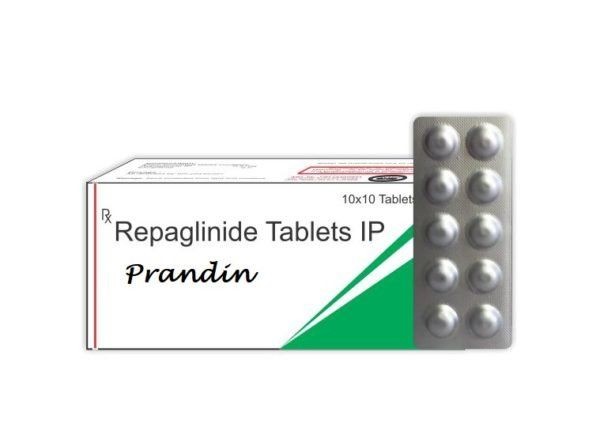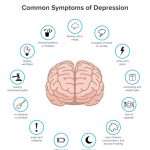
repaglinide – oral, Prandin
Medication Uses How To Use Side Effects Precautions Drug Interactions Overdose Notes Missed Dose Storage USES: Repaglinide is used alone or with other medications to control high blood sugar with a proper diet and exercise program. It is used in people with type 2 diabetes to prevent kidney damage, blindness, nerve problems, loss of limbs, and sexual function problems. It works by stimulating the body to produce more insulin. HOW TO USE: Read the Patient Information leaflet before using repaglinide. Take this medication by mouth 15 minutes before each meal, usually 2-4 times daily depending on the number of meals or as directed by your doctor. Take this drug no earlier than 30 minutes before the meal. You may also take it just before the meal if necessary. Do not take a dose of medication if you are skipping that meal or if your blood sugar is low. The dosage is based on your medical condition and response to treatment. If you are changing from a different anti-diabetes drug to repaglinide, follow your doctor’s directions for stopping the old drug and starting this medication. Use this medication regularly as directed by your doctor. Check your blood sugar regularly and share the results with your doctor. SIDE EFFECTS: Weight gain, diarrhea, and joint pain may occur. If any of these effects persist or worsen, notify your doctor or pharmacist. Repaglinide can cause low blood sugar, especially if you are taking other medicines for diabetes. Symptoms may include chills, cold sweat, dizziness, drowsiness, shaking, fast heartbeat, weakness, headache, fainting, tingling of the hands or feet, or hunger. It is a good habit to carry glucose tablets or gel to treat low blood sugar. If you don’t have these reliable forms of glucose, raise your blood sugar quickly by eating a quick source of sugar such as table sugar, honey, candy, or drinking a glass of fruit juice or non-diet soda. Check with your doctor or pharmacist to find out what you should do if you miss a meal. Symptoms of high blood sugar include thirst, increased urination, confusion, drowsiness, flushing, rapid breathing, and fruity breath odor. If these symptoms occur, tell your doctor immediately. A very serious allergic reaction to this drug is rare. Seek immediate medical attention if you notice any symptoms of a serious allergic reaction. This is not a complete list of possible side effects. Call your doctor for medical advice. PRECAUTIONS: Before taking repaglinide, tell your doctor or pharmacist if you are allergic to it or if you have any other allergies. This product may contain inactive ingredients that can cause allergic reactions or other problems. Talk to your pharmacist for more details. Before using this medication, tell your doctor or pharmacist your medical history. You may experience blurred vision, dizziness, or drowsiness due to extremely low or high blood sugar levels. Do not drive or operate machinery until you are sure you can perform such activities safely. Limit alcohol while taking this medication. Consult your doctor during times of stress. This medication should be used cautiously during pregnancy. It is not known whether this drug passes into breast milk. DRUG INTERACTIONS: The effects of some drugs can change if you take other drugs or herbal products at the same time. Your doctor or pharmacist can often prevent or manage interactions by changing how you use your medications or by close monitoring. Tell your doctor and pharmacist about all the products you use before starting treatment with this product.
QUESTION
OVERDOSE: If overdose is suspected, contact a poison control center or emergency room immediately. Symptoms of overdose may include: very fast heartbeat, vision changes, unexplained heavy sweating, agitation, fainting, seizures. NOTES: Do not share this medication with others. Attend a diabetes education program to learn more about diabetes and its treatment. Learn the symptoms of high and low blood sugar and how to treat low blood sugar. Check your blood sugar levels regularly. Keep all medical appointments. Medical tests should be performed periodically.
Report Problems to the Food and Drug Administration
Report negative side effects of prescription drugs to the FDA. Visit the FDA MedWatch website or call.
Selected from data included with permission and copyrighted by First Databank, Inc. This material has been downloaded from a licensed data provider with authorization.
CONDITIONS OF USE: The information in this database is intended to supplement the expertise and judgment of healthcare professionals. The information is not intended to cover all possible uses, directions, precautions, drug interactions, or adverse effects. A healthcare professional should be consulted before taking any drug or changing any diet or commencing or discontinuing any course of treatment.


